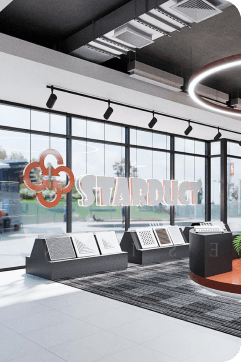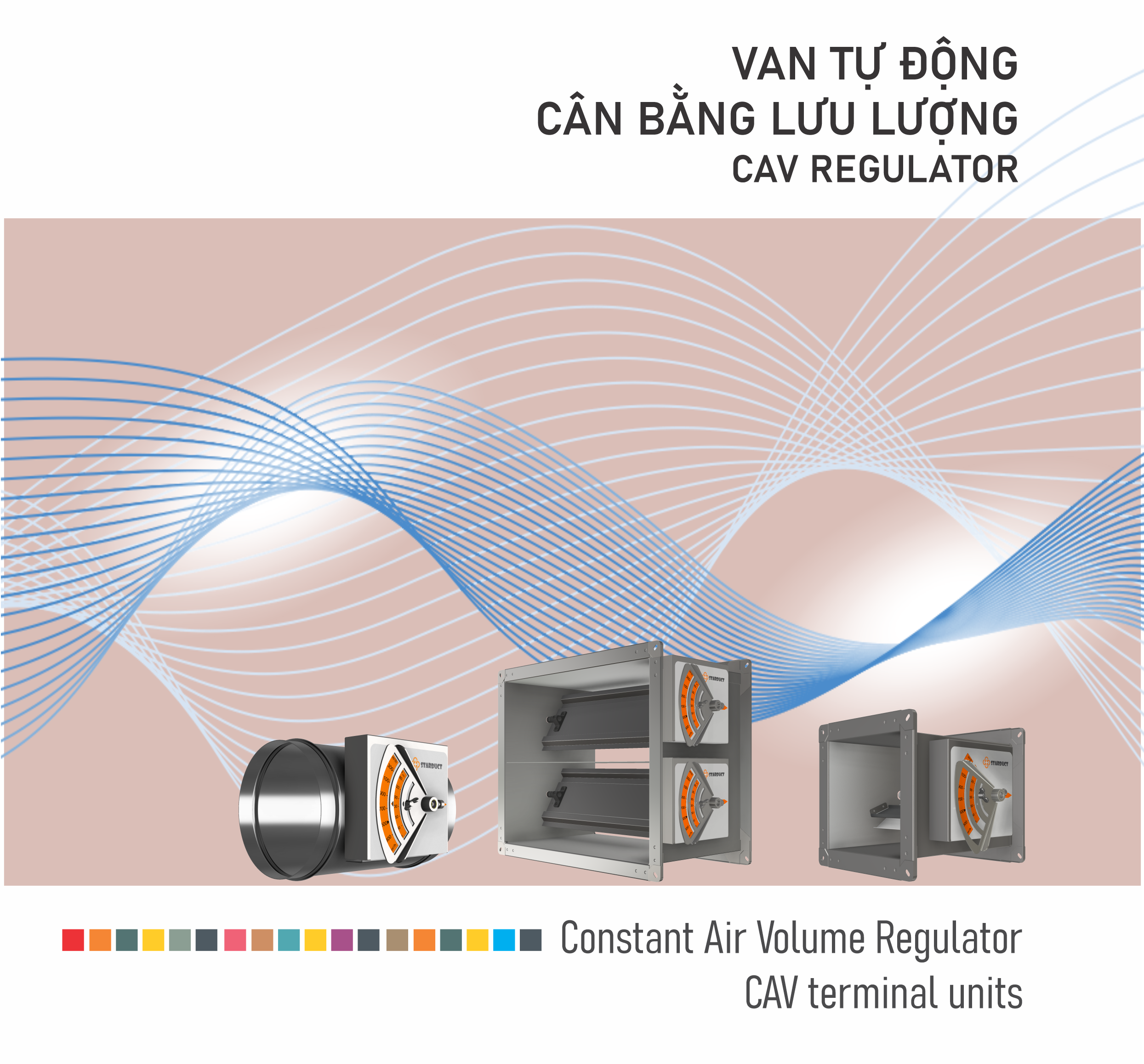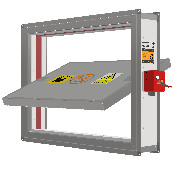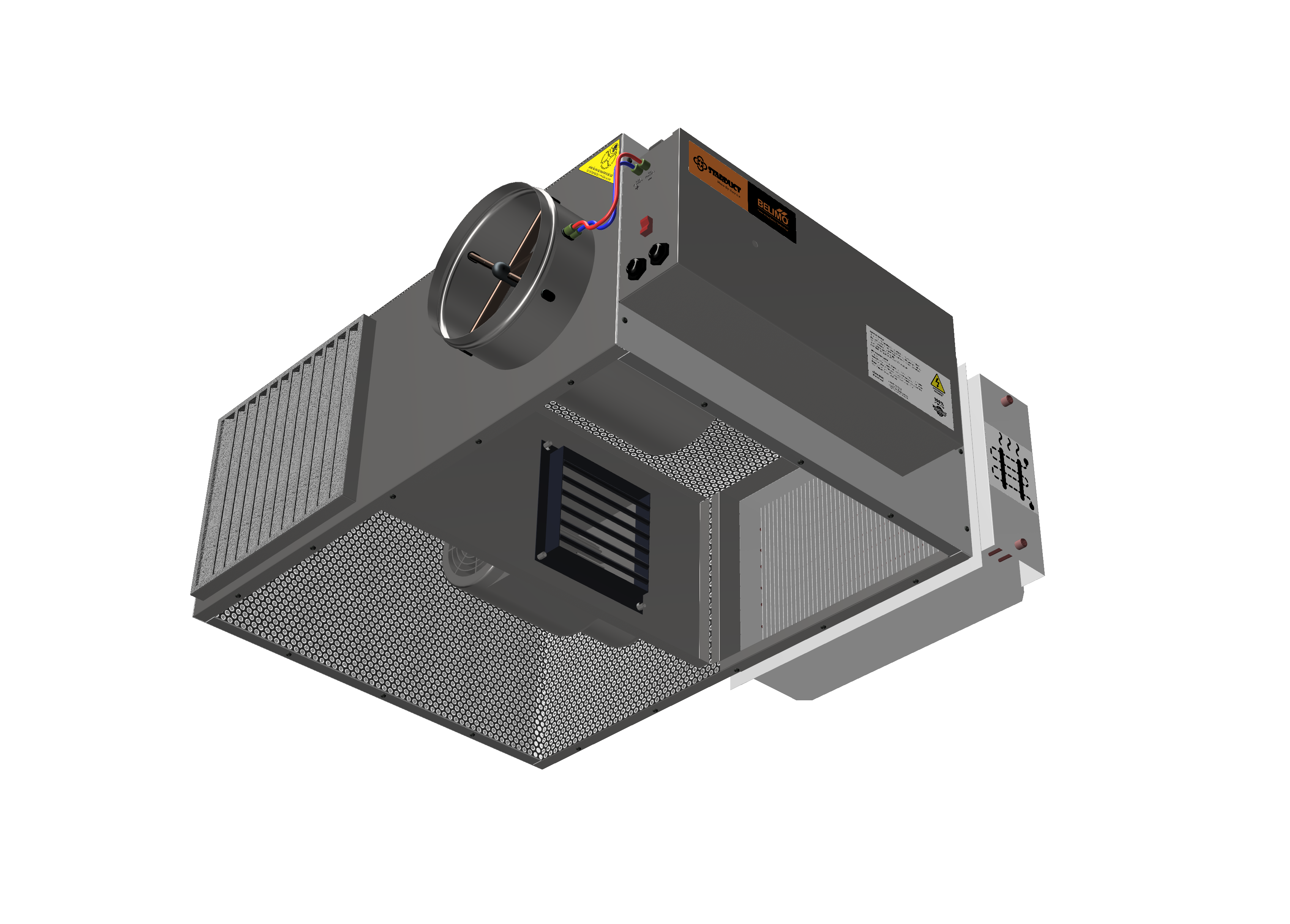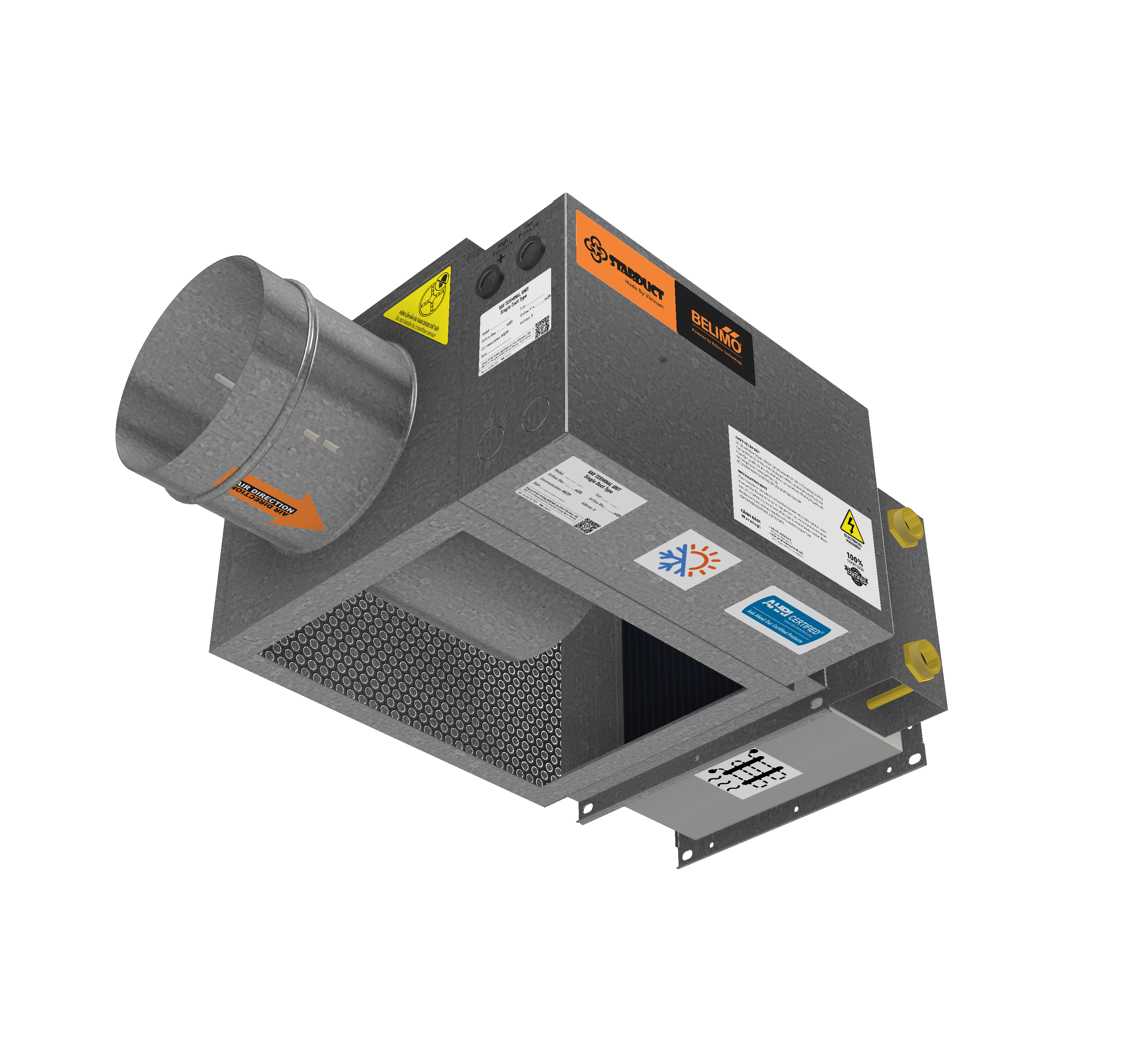
NOISE AND REDUCES NOISE METHODS
Noise pollution is an environmental issue that is increasingly receiving attention due to its negative impacts on human health and quality of life. Prolonged exposure to noise can cause various health problems, ranging from stress, insomnia, and reduced concentration to more serious issues such as hearing loss, hypertension, and heart disease. In the workplace, noise can reduce work performance, increase the risk of accidents, and decrease job satisfaction.
In HVAC (Heating, Ventilation, and Air Conditioning) systems, equipment such as fans, pumps, and ducts can generate significant noise. This noise not only causes discomfort but also affects the tranquility and comfort within buildings. To address this issue, the following methods can be used:
Installing silencers: These devices are designed to absorb or reflect noise, reducing the noise transmitted through the system.
Soundproofing and acoustic treatment: Using soundproof materials like fiberglass or acoustic foam to reduce noise from equipment and ducts.
Regular maintenance: Periodically checking and maintaining equipment to ensure they operate smoothly and reduce noise caused by malfunctions.
Smart system design: Optimizing system design to minimize noise from the start, such as using variable frequency drives to optimize the operating speed of fans, pumps, compressors, etc., to reduce noise and save energy in the building.
Controlling noise not only improves human health and well-being but also contributes to creating a better living and working environment. This is especially important in today's era of technology and urbanization, where noise is becoming an unavoidable part of daily life.
Noise can be classified based on various criteria, from its origin to how it affects the environment and human health. Here are some common types of noise and ways to control and reduce them using silencers:
Types of Noise:
1. Continuous Noise: This type of noise is constant or changes very little over time, often found in manufacturing plants or from machinery engines.
2. Intermittent Noise: This noise occurs intermittently and can change suddenly, such as traffic horns or hammering sounds.
3. Impulse Noise: Characterized by very short and strong bursts of noise, like gunshots or hammer blows.
4. Low-frequency Noise: Noise with low frequency, often more annoying and harder to insulate against, such as noise from generators, air conditioning units, cooling towers of chiller systems, water pumps, and ventilation fans.
Methods to Control and Reduce Noise Using Silencers:
• Silencer Design: Choose a silencer design that matches the type of noise to be reduced. For example, silencers with thick baffles are more effective for low-frequency noise.
• Acoustic Materials: Use acoustic materials like fiberglass or acoustic foam to absorb noise, especially impulse noise and low-frequency noise.
• Size and Shape: Adjust the size and shape of the silencer to optimize noise reduction, particularly in confined spaces.
• Maintenance: Ensure that silencers are regularly maintained to keep their noise reduction performance at an optimal level.
• Combining Methods: Often, multiple noise reduction methods are combined to achieve the highest noise reduction efficiency, especially in complex HVAC systems.
Choosing and using the appropriate silencer not only helps reduce noise but also contributes to creating a quieter living and working environment, thereby improving quality of life and work performance.
Alex Dao - NSCA
Bình luận (0)

